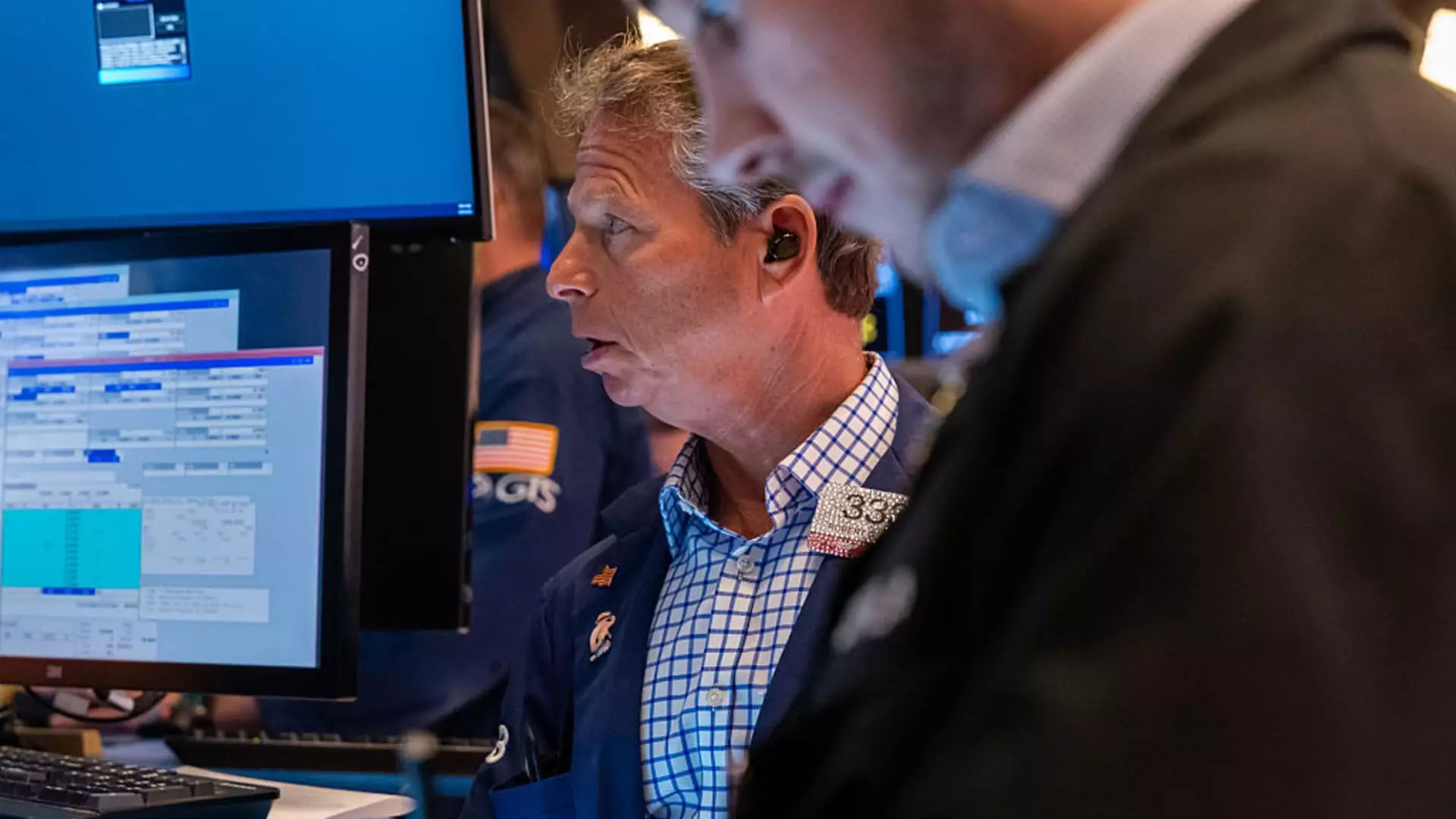The financial world has been shaken to its core with the recent tumultuous movements of the iShares MSCI Emerging Markets ETF (EEM). As it faces what is being dubbed one of its most significant downturns since mid-2020, the tremors from President Donald Trump’s escalating tariff war send waves through the global economy. The fund, witnessing a staggering decline of around 5% at the last trading session, symbolizes a far-reaching economic malaise that could extend well into the future. This nosedive isn’t an isolated incident; it reflects deeper vulnerabilities in economies that are heavily reliant on trade, particularly in the emerging markets where the EEM invests.
The Tariff Shockwave
As Trump’s government has aggressively imposed tariffs, the repercussions hit emerging economies like a runaway freight train. Countries like South Korea and India, where exports significantly contribute to GDP—44% for South Korea, and 21.8% for India as noted by the World Bank—are left reeling. These high percentages illustrate how critical trade is for their economic survival. The immediate implications of tariffs make it glaringly evident that any protective measures taken by the United States may inadvertently unleash a spiral of retaliatory actions from these nations.
These countries—each a prominent component of the EEM—face oppressive tariff rates that threaten their economic stability. The levies on Taiwan, South Korea, and India range from 25% to an astonishing 54% for China, illustrating the severity of this ongoing trade war. It’s not just a statistic; it’s a reality that could cripple these economies, transforming growth into a memory of the past, sending investors scrambling for better hills to die on.
Investment Risks in Emerging Markets
Investing in emerging markets through EEM has fundamentally changed in a matter of weeks. This ETF, which holds significant stakes in nations like China, India, and Taiwan, now faces an existential crisis. The volatile nature of these markets underscores a risk that even seasoned investors often underestimate. As the potential for extended conflict looms, one must question: Are these platforms of economic development worth the volatile ride that we are witnessing?
Torsten Slok, chief economist at Apollo Global Management, voiced a troubling forecast during a recent investor call: a prolonged trade war would disproportionately affect these emerging markets. Fast-forwarding through this roller coaster, one can reasonably conclude that if the tariffs persist, countries like India and South Korea may grapple with a recession, while the U.S. can afford short-term pain. The structural dependency on exports means that the ramifications of such punitive measures will undoubtedly be felt far and wide beyond American borders.
The False Sense of Security
One of the most troubling aspects of the EEM’s current turbulence is how complacency has set in among many investors and policymakers. Despite revealing economic strategies to pivot away from reliance on any single market, the grace period of assuming stability is over. When markets are buoyed by shifting sands of political actions, it’s critical to reassess the risks involved actively.
In 2023 and projecting into 2024, the optimism around emerging markets appears unwarranted if geopolitical realities, like this tariff dispute, go unaddressed. Investors may find themselves caught off guard, faced with a reality that challenges the fundamental tenets of diversification in portfolios. This serves as a harsh reminder: in a world governed by politics, financial decisions rooted in naivete are destined for failure.
The Global Ripple Effect
The implications of these tariffs will reverberate far beyond the confines of the EEM. If we allow trade relations to sour further, any economic growth we’ve anticipated could stymie quickly, affecting not just the emerging markets, but developed nations as well. A downturn in exports does more than hurt a single country; it spirals into a global recession.
Discussing the dynamics of international trade, one must highlight the mechanics of interconnected economies. Countries threading the needle of global supply chains could soon find themselves without the fabric to hold their economies steady. Emerging markets, with their vibrant potential, could easily flicker in the face of newfound uncertainties, transforming optimism into dread.
The truth is this: while America recalibrates its trade policies, the haunting specter of a global downturn looms ominously over the export-reliant nations. It’s an uncomfortable reality that should shake any investor from complacency—a reminder that in today’s interdependent economy, no one exists in a vacuum.

